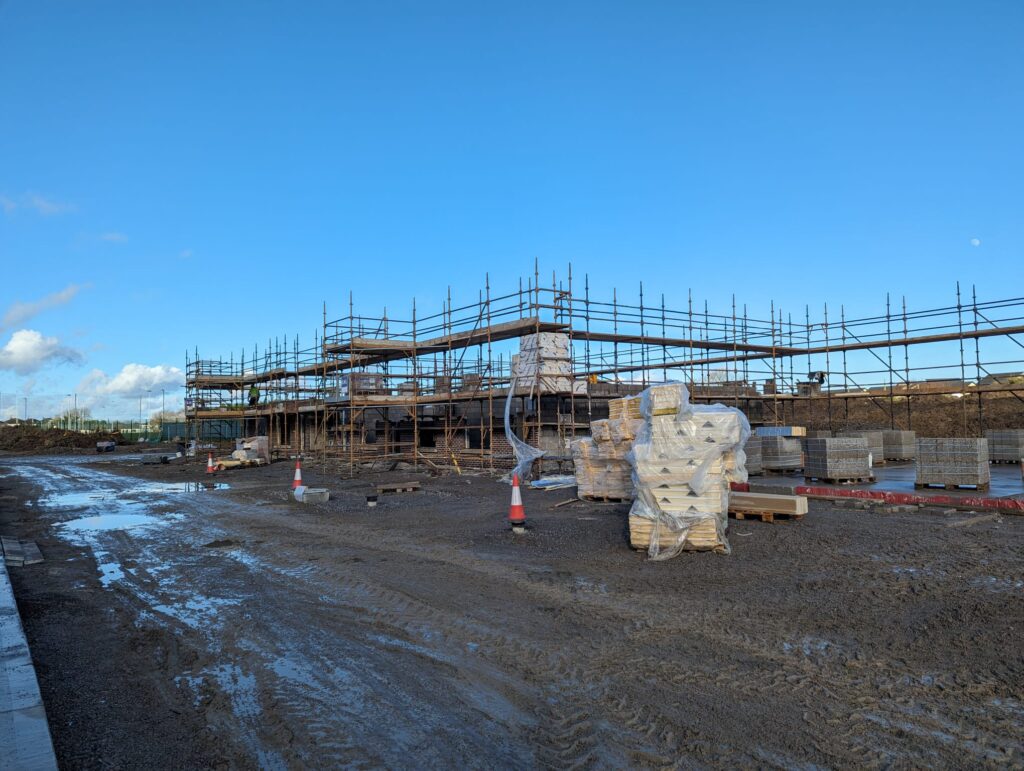Learning from Texas: A Potential Blueprint for Sustainable Urban Development in Ireland

In a recent piece for the Financial Times, John Burn-Murdoch highlights the stark differences in housing development rates and strategies between Texas cities like Houston and major urban centres such as London, San Francisco, and New York. Burn-Murdoch’s analysis sheds light on the profound impact of urban planning policies on housing affordability and availability. While there have been 72,000 commencements in Houston alone—a figure that well exceeds the construction efforts of considerably larger populations in London and other cities—the disparities in housing prices are equally telling. With average property prices in San Francisco/Oakland at $1.2 million, compared to Houston’s more modest $300,000, the lessons for Ireland are both clear and compelling.
Texas, often characterised by its conservative governance, has inadvertently provided a masterclass in encouraging/enabling urban development that is both accessible and affordable. This is achieved not through laissez-faire expansion but through thoughtful densification of existing urban areas, allowing for a blend of growth and community preservation. The 1998 change in Houston’s planning laws, which enabled homeowners to convert single residences into multiple units, demonstrates a workable approach that not only respects the character of neighbourhoods but actively enhances their vitality and inclusiveness.
The concept of ‘gentle density,’ as practiced in Houston and echoed in Auckland’s 2016 upzoning plan, offers a potential blueprint for Irish cities grappling with similar housing crises. By prioritising developments that integrate seamlessly into the fabric of existing communities—ranging from three to six storeys—these cities have managed to increase their housing stock without sacrificing local character or heritage. Also, the inclusion of opt-out provisions for particular neighbourhoods has lent these initiatives an acceptance that is often lacking in more rigid planning systems.
However, the experience of Croydon over the last five/six years serves as a cautionary tale. Despite initial success in increasing both supply and affordability through owner-led medium-rise apartment developments, the absence of neighbourhood facilities in line with new residential units ultimately rendered the approach unsuccessful. This really highlights the importance of flexibility and community engagement in urban planning—a lesson that Irish policymakers would do well to heed.
For Ireland, the implications are twofold. First, there is a clear need to re-evaluate our planning frameworks to encourage more innovative and community-focused housing solutions (the new Planning & Development Bill does not go far enough in this regard). This means not only adjusting regulations to facilitate gentle density but also ensuring that such changes are sensitive to the unique characteristics of different local areas. Second, the experience of Texas and Auckland suggests that there is much to be gained from empowering homeowners, communities and local homebuilders to play a more active role in the development process. Such an approach not only democratises urban planning but also aligns development with the genuine needs and aspirations of residents.
*Credit to John Burn-Murdoch and the Financial Times for the original analysis, which you can read here.
Ian Lawlor
086 3625482
Managing Director
Lotus Investment Group
